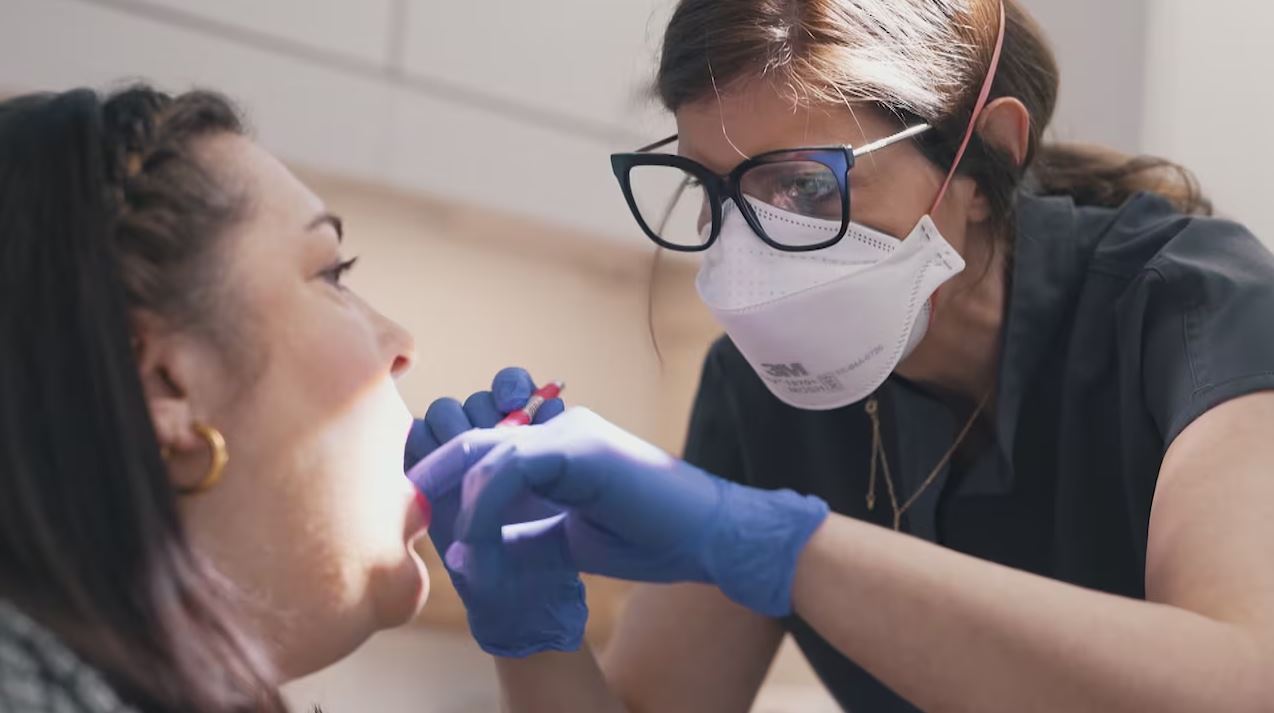Introduction
Living with fibromyalgia presents numerous challenges, from managing chronic pain and fatigue to navigating the complexities of daily life. An additional, often overlooked struggle is dealing with the doubt and skepticism from others about your abilities. When people doubt your abilities because you have fibromyalgia, it can be disheartening and frustrating. This article explores strategies to handle and overcome such doubt, allowing you to demonstrate your strength and capabilities effectively.
Understanding Fibromyalgia
What is Fibromyalgia?
Fibromyalgia is a chronic condition characterized by widespread musculoskeletal pain, fatigue, sleep disturbances, and cognitive issues often referred to as “fibro fog.” The exact cause of fibromyalgia is unknown, but it is believed to involve a combination of genetic, environmental, and psychological factors.
Common Symptoms
- Widespread Pain: Persistent pain affecting both sides of the body.
- Fatigue: Chronic tiredness that does not improve with rest.
- Sleep Issues: Difficulty falling asleep, staying asleep, or experiencing restful sleep.
- Cognitive Problems: Issues with memory, attention, and concentration.
- Other Symptoms: Headaches, irritable bowel syndrome, and mood disorders such as anxiety and depression.
Why People Doubt Your Abilities
Lack of Understanding
Fibromyalgia is often referred to as an invisible illness because its symptoms are not outwardly visible. This lack of visible signs can lead to skepticism from others who do not understand the severity and impact of the condition.
Misconceptions and Stereotypes
There are many misconceptions about fibromyalgia, including the belief that it is not a “real” illness or that it is simply a form of exaggerated discomfort. These stereotypes can contribute to doubt and misunderstanding from others.
Inconsistency of Symptoms
The variability and unpredictability of fibromyalgia symptoms can also lead to doubt. On some days, you may appear healthy and capable, while on others, you may be unable to perform routine tasks. This inconsistency can be confusing to those who do not understand the condition.
Impact of Doubt on Individuals with Fibromyalgia
Emotional and Mental Health
Doubt and skepticism from others can take a toll on your emotional and mental health. It can lead to feelings of frustration, isolation, and diminished self-worth. Chronic doubt can also contribute to anxiety and depression.
Self-Esteem and Confidence
When people doubt your abilities, it can undermine your self-esteem and confidence. You may begin to question your own capabilities and feel less confident in pursuing personal and professional goals.
Social Relationships
Doubt from friends, family, and colleagues can strain social relationships. You may feel unsupported and misunderstood, leading to a sense of isolation and loneliness.
Strategies to Overcome Doubt
Educate Others
One of the most effective ways to overcome doubt is to educate others about fibromyalgia. Share information about the condition, its symptoms, and its impact on daily life. Providing educational resources and personal anecdotes can help increase understanding and empathy.
Communicate Openly
Open communication is crucial in addressing doubt. Be honest about your limitations and capabilities with those around you. Explain how fibromyalgia affects you and what support you need to manage your symptoms effectively.
Set Boundaries
Establishing boundaries is essential for protecting your well-being. Clearly communicate your limits and ensure that others respect them. Setting boundaries can help prevent overexertion and reduce stress.
Demonstrate Your Abilities
Showcasing your strengths and capabilities can help counteract doubt. Focus on what you can do and highlight your achievements, both big and small. Demonstrating your abilities can help shift the focus from your limitations to your strengths.
Seek Support
Connecting with others who understand your condition can provide valuable support and encouragement. Join support groups, either online or in-person, where you can share experiences and advice with individuals who face similar challenges.
Practice Self-Care
Prioritize self-care to manage your symptoms and maintain your well-being. Engage in activities that help you relax and recharge, such as gentle exercise, meditation, and hobbies. Taking care of yourself can improve your ability to handle doubt and skepticism from others.
Building Confidence
Celebrate Small Wins
Celebrate your achievements, no matter how small. Recognize your progress and give yourself credit for the effort you put in each day. Celebrating small wins can boost your confidence and motivate you to keep moving forward.
Focus on Strengths
Identify and focus on your strengths. Whether it’s a particular skill, talent, or personal quality, emphasizing your strengths can help you feel more confident in your abilities.
Set Realistic Goals
Setting realistic and achievable goals can help you build confidence over time. Break larger goals into smaller, manageable steps and track your progress. Achieving these goals can reinforce your sense of capability and self-worth.
FAQs
How can I handle doubt from others about my abilities with fibromyalgia?
Educate others about fibromyalgia, communicate openly about your limitations and capabilities, set boundaries, and demonstrate your strengths and achievements.
Why do people doubt my abilities because I have fibromyalgia?
People may doubt your abilities due to a lack of understanding, misconceptions about the condition, and the inconsistency of fibromyalgia symptoms.
How can doubt from others impact my mental health?
Doubt and skepticism can lead to feelings of frustration, isolation, diminished self-worth, and contribute to anxiety and depression.
What are some strategies to build confidence with fibromyalgia?
Celebrate small wins, focus on your strengths, set realistic goals, and practice self-care to build confidence and maintain well-being.
How can I educate others about fibromyalgia?
Share information about fibromyalgia, its symptoms, and its impact on daily life. Provide educational resources and personal anecdotes to increase understanding and empathy.
Why is setting boundaries important for managing fibromyalgia?
Setting boundaries helps protect your well-being by preventing overexertion and reducing stress. It ensures that others respect your limits and supports your ability to manage symptoms effectively.
Conclusion
When people doubt your abilities because you have fibromyalgia, it can be challenging and disheartening. However, by educating others, communicating openly, setting boundaries, and demonstrating your strengths, you can overcome doubt and prove your capabilities. Building confidence and seeking support are essential steps in navigating the skepticism of others and maintaining your well-being. Remember, you are more than your condition, and with the right strategies, you can thrive despite the challenges of fibromyalgia.

Click Here to Visit the Store and find Much More….
For More Information Related to Fibromyalgia Visit below sites:
References:
Fibromyalgia Contact Us Directly
Click here to Contact us Directly on Inbox
Official Fibromyalgia Blogs
Click here to Get the latest Chronic illness Updates
Fibromyalgia Stores








